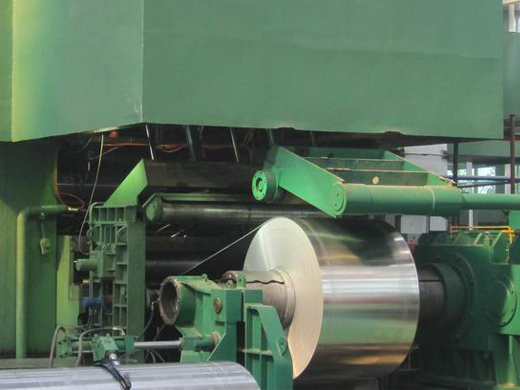
Aluminum is a widely used material in a variety of industries, and one of the most common forms of aluminum is the aluminum coil. An aluminum coil is a long, thin strip of aluminum that is used in a variety of applications, including roofing, siding, and electronic casings. The process of producing aluminum coils involves multiple steps that require precision and attention to detail to produce high-quality products.
Aluminium coils can be obtained through a smelting process and adjustment of metal composition, either using a horizontal casting machine or by hot-rolling sheets obtained from a discontinuous vertical casting machine.
Continuous casting
Using molten primary aluminium, or by melting ingots and/or diverse scrap in the smelting furnace, the molten metal passes into a continuous casting machine where metal solidification and hot-rolling operations are combined.
The coils obtained in this way are then cold-rolled, following a number of intermediate annealing treatments.
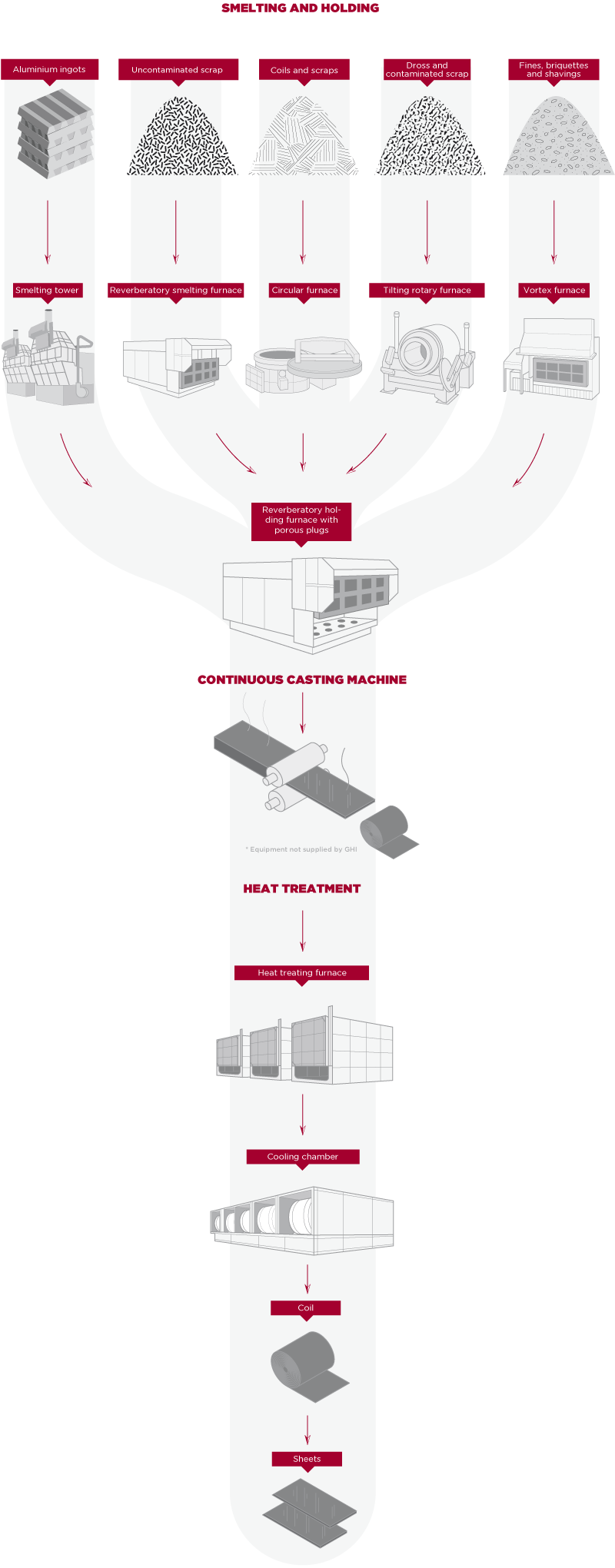
Rolling
The rolling mills used in aluminum coil products are typically cold rolling mills, which means that they operate at room temperature. These mills use a series of rollers to reduce the thickness of the slabs and increase their length. Each successive roller is set at a slightly lower height than the previous one, which causes the slab to be gradually stretched out.
The quality of the rolled aluminum depends on several factors, including the speed of the rolling mills, the tension applied to the aluminum, and the lubrication used during rolling. Proper lubrication is critical to the quality of the rolled aluminum, as it helps to prevent defects such as scratches and cracks.
Annealing
Once the rolling process is complete, the aluminum coil is annealed to remove any internal stresses and improve its ductility. The coil is heated to a specific temperature and then cooled slowly. Annealing can be done using different methods, including batch annealing and continuous annealing. Batch annealing involves heating a large number of coils in a batch, while continuous annealing involves heating the coil as it is being produced.
The annealing process is critical to the quality of the aluminum coil, as it helps to prevent defects such as cracking and tearing. Proper annealing can also improve the surface finish of the aluminum and make it easier to work with.
Aluminum Coil Coatings
After annealing, the aluminum coil is trimmed to the desired size and shape. Any defects or impurities are removed, and the coil may be coated or painted to improve its appearance and protect it from corrosion. There are several types of coatings and paints that can be applied to aluminum coils, including polyester, polyurethane, and fluorocarbon.
Polyester coatings are the most common type of coating used in aluminum coil production. They are typically applied using a coil coating line, which involves passing the coil through a series of rollers that apply the coating. Polyester coatings provide good protection against corrosion and are available in a variety of colors and finishes.
Polyurethane coatings are another type of coating that can be used in aluminum coil production. They are typically applied using a spray method and provide excellent resistance to weathering and UV radiation. Polyurethane coatings are often used in applications where the aluminum will be exposed to harsh environmental conditions.
Fluorocarbon coatings are the most advanced type of coating used in aluminum coil production. They are typically applied using a coil coating line and provide excellent resistance to weathering and UV radiation. Fluorocarbon coatings are the most expensive type of coating, but they offer the highest level of protection against corrosion and are available in a wide range of colors and finishes.
Coiling and Packaging
Once the finishing process is complete, the aluminum coil is coiled and packaged for shipping to customers. The coiling process involves wrapping the coil around a large spool, which allows it to be transported easily. The packaging process involves protecting the coil from damage during shipping, typically by wrapping it in plastic or paper.
In conclusion, aluminum coil production is a complex process that involves multiple steps and requires precision and attention to detail. The resulting product is a versatile, durable, and sustainable material that can be used in a variety of applications. As industries continue to innovate and find new uses for aluminum coil, the demand for high-quality aluminum coil production will only continue to grow.

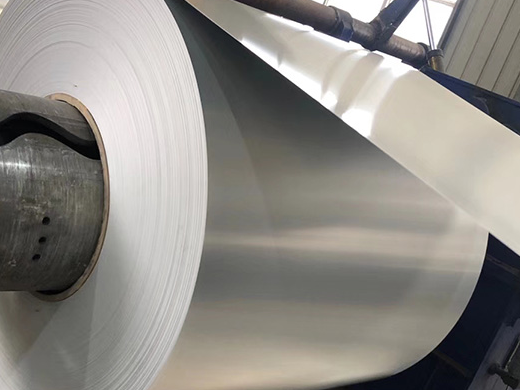
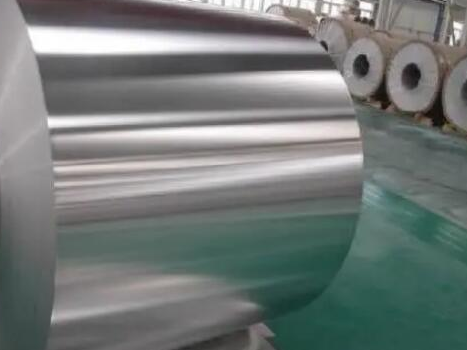
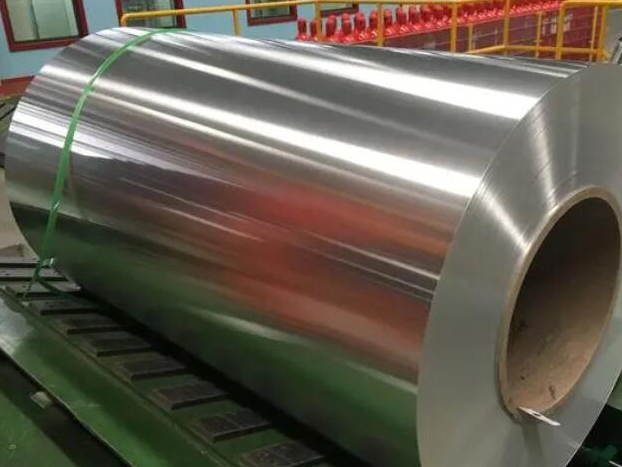
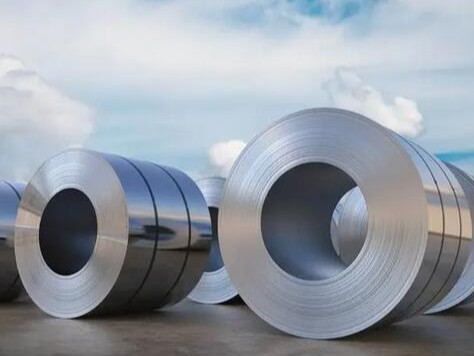
Related Comments